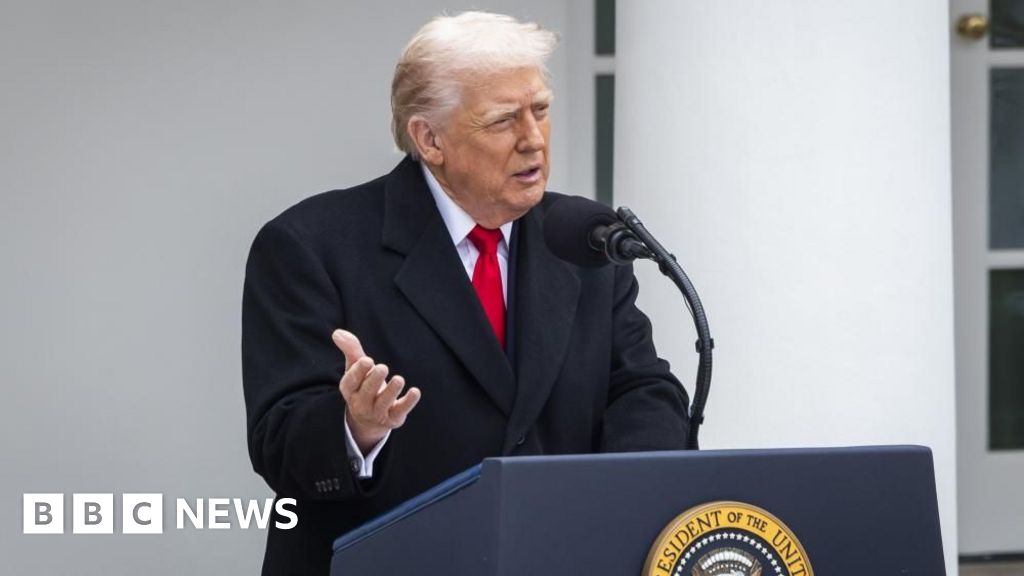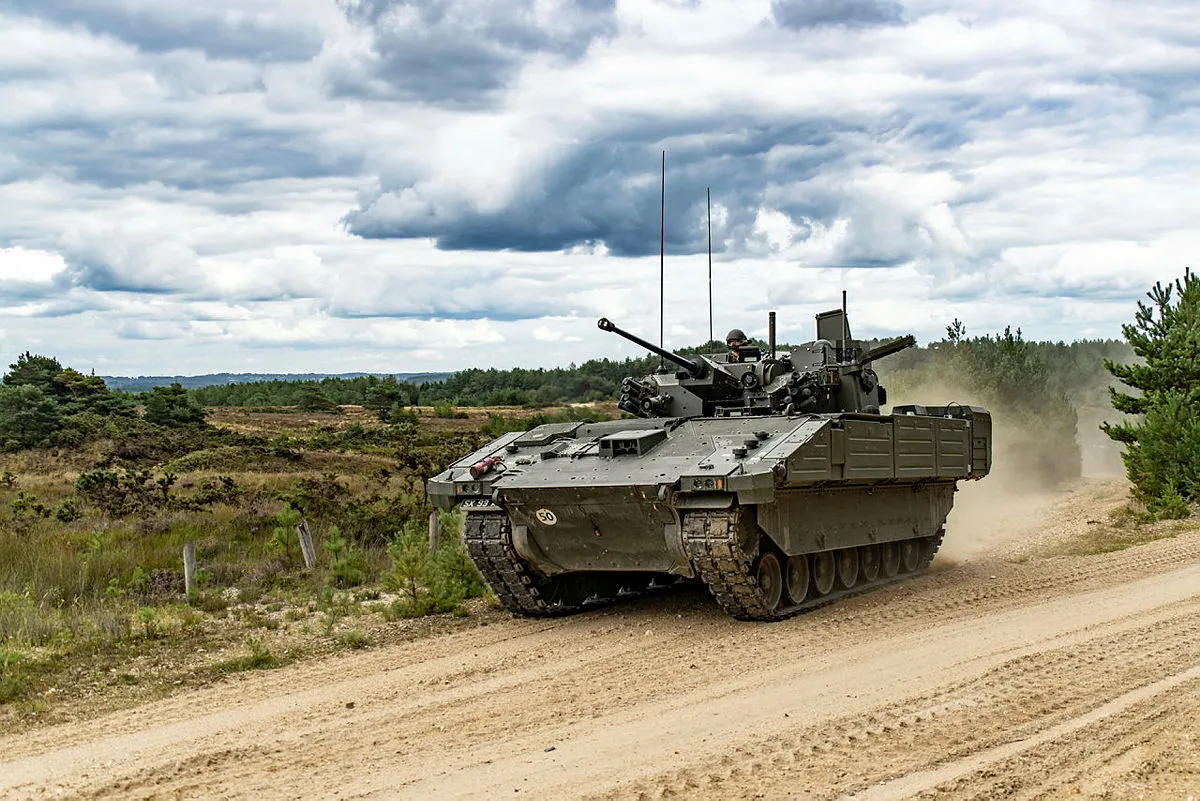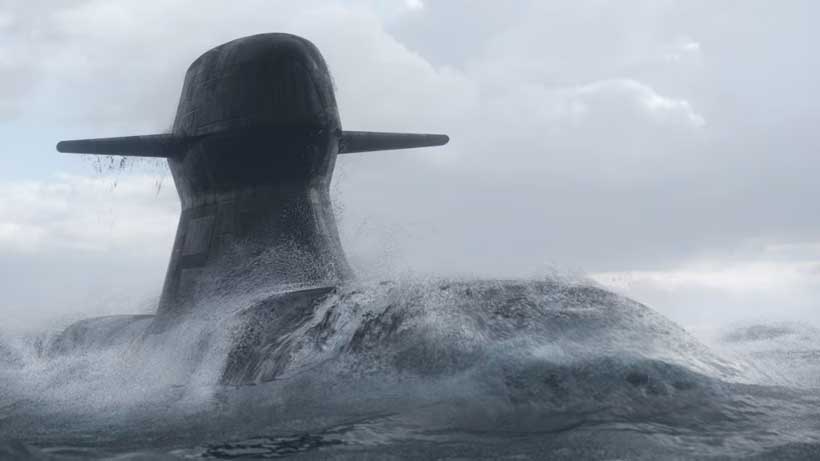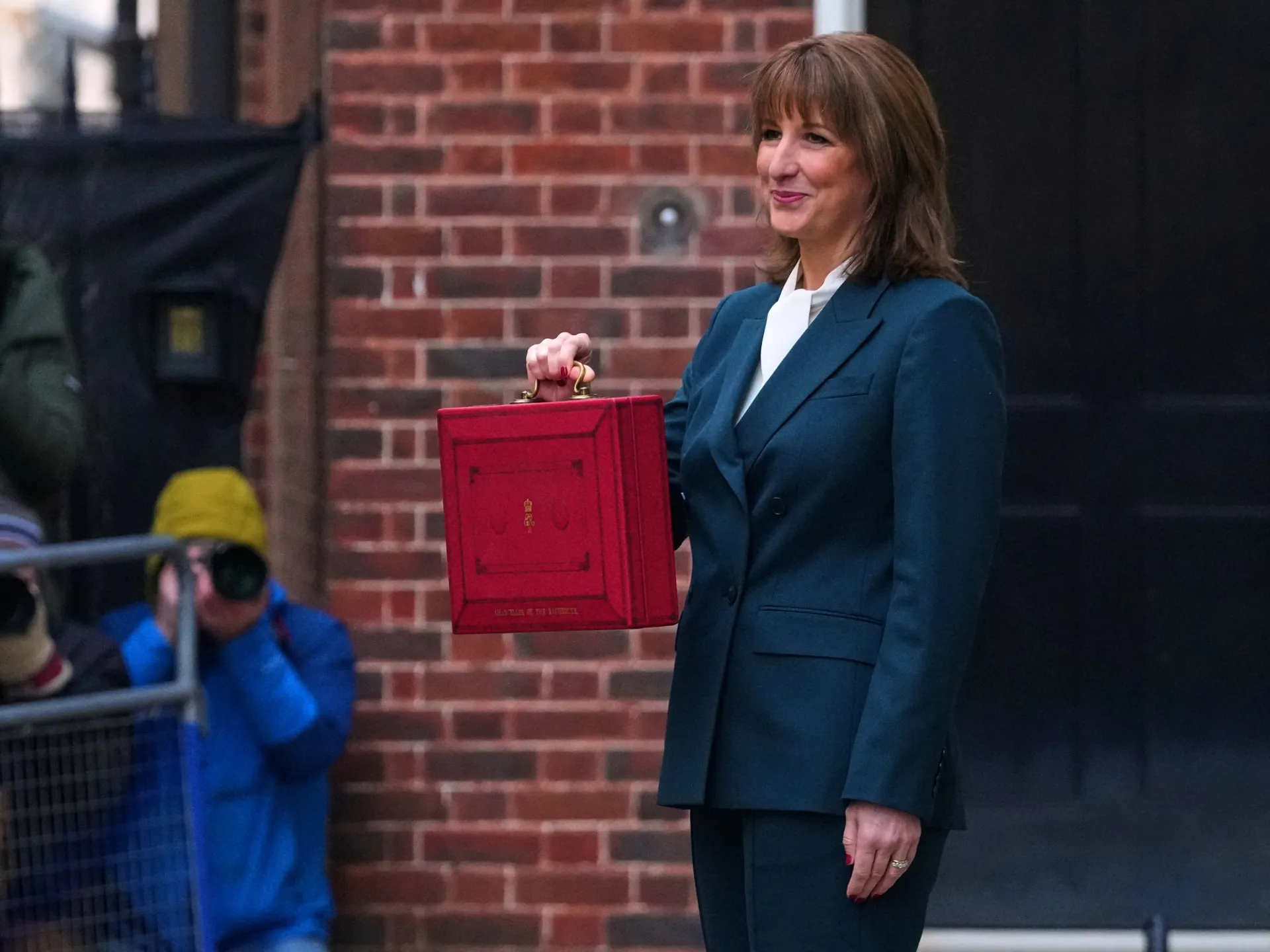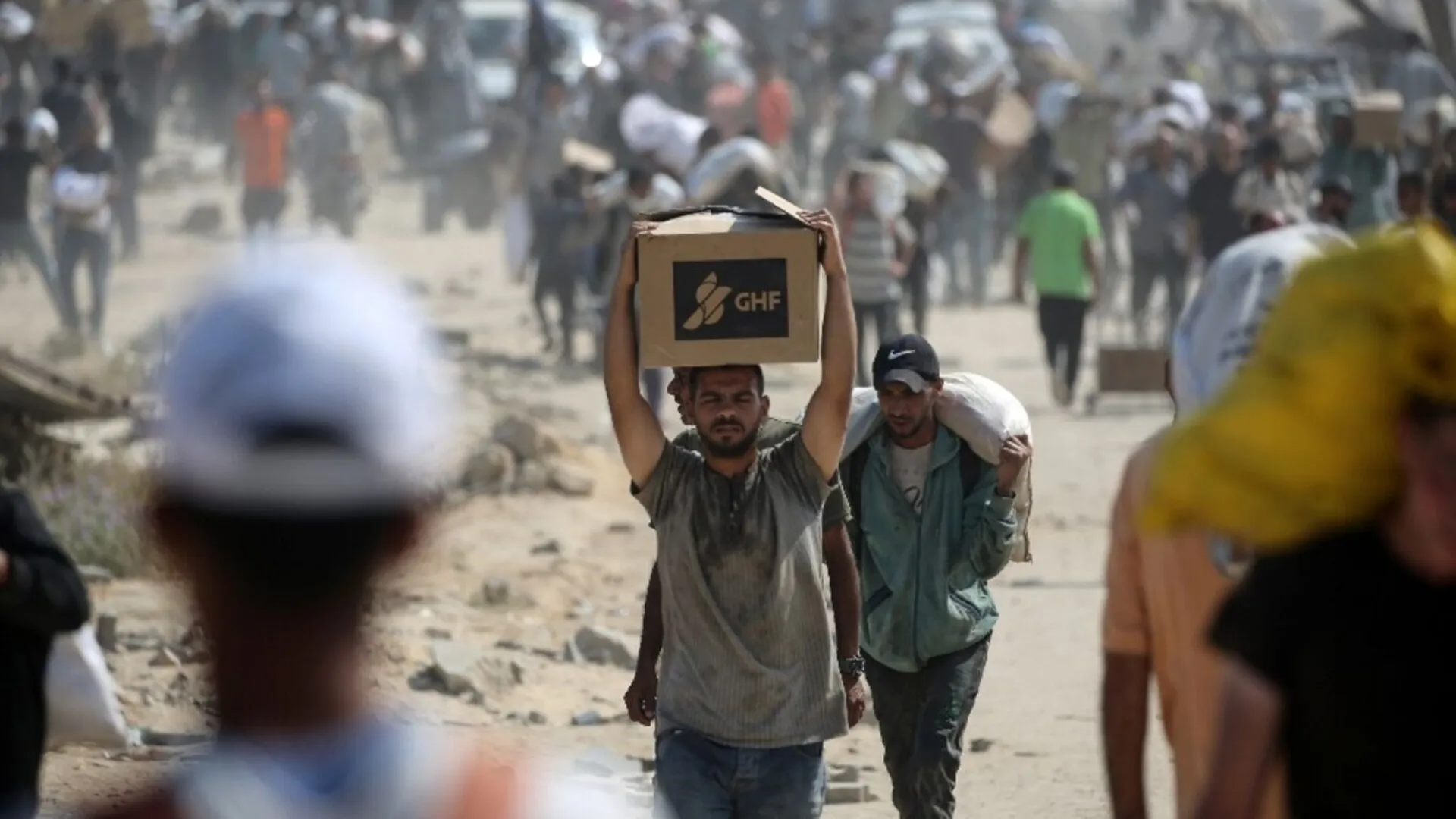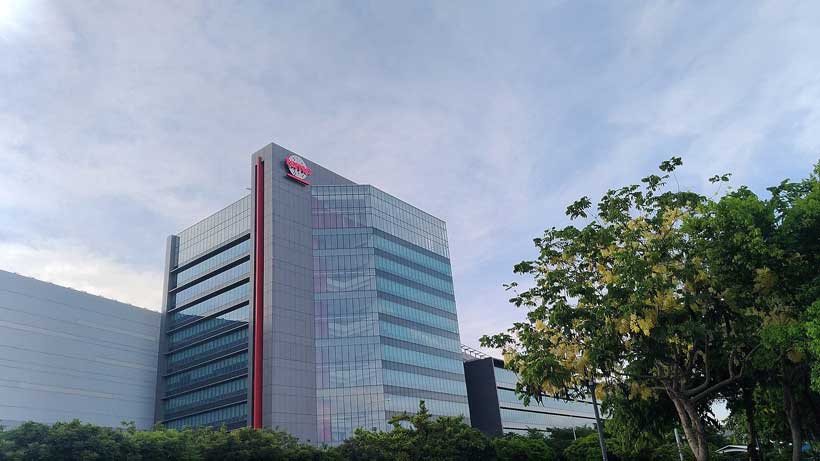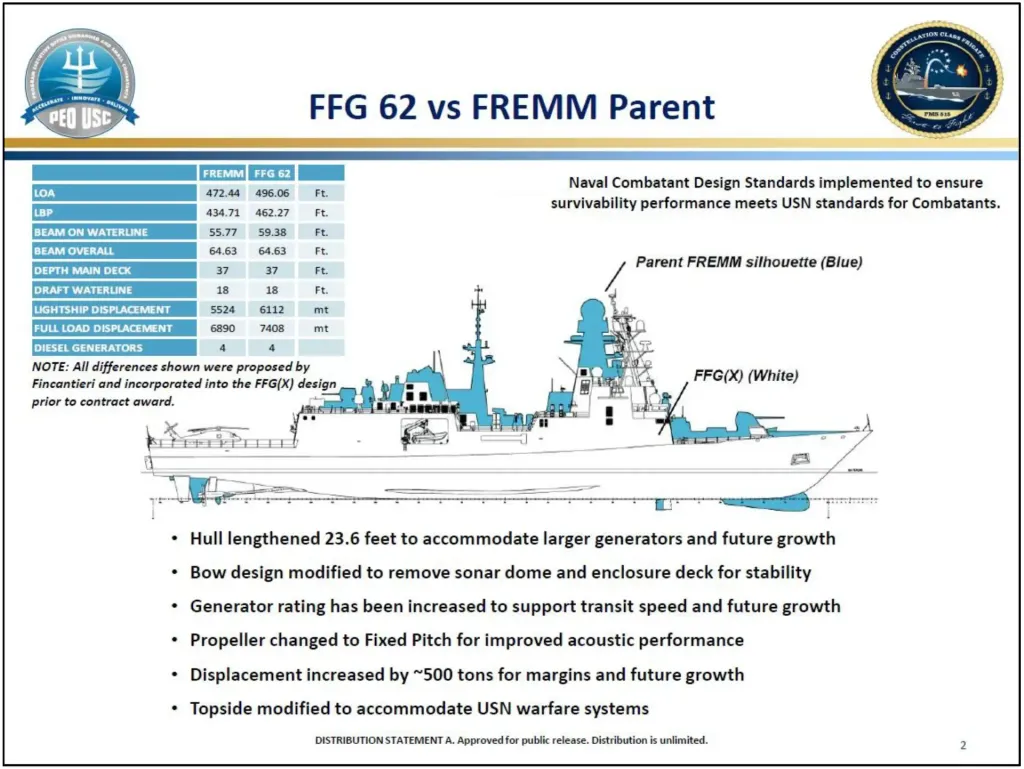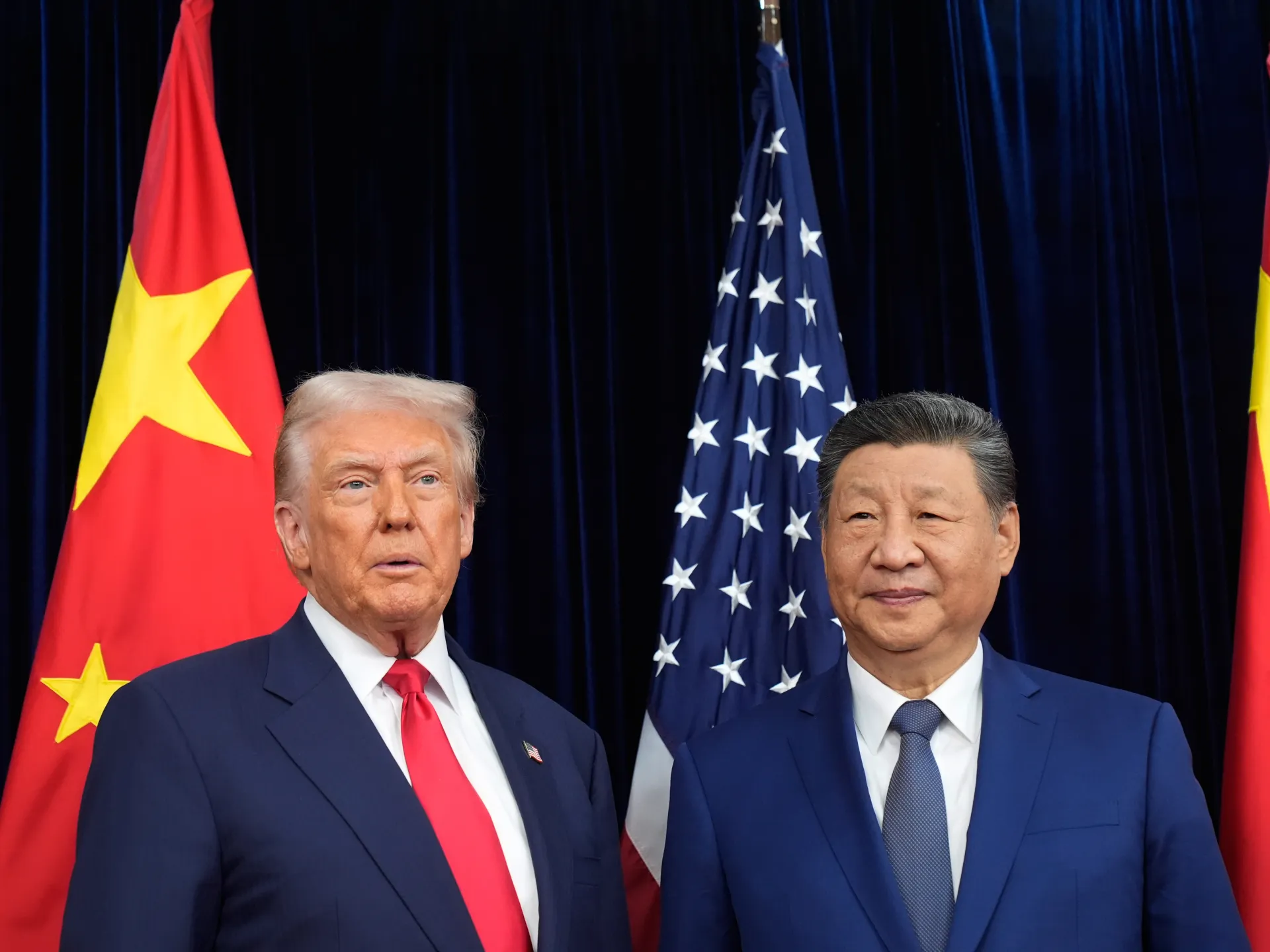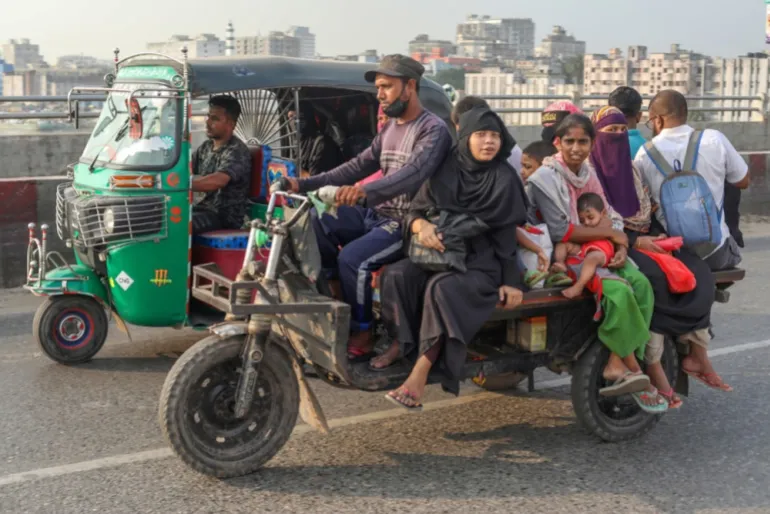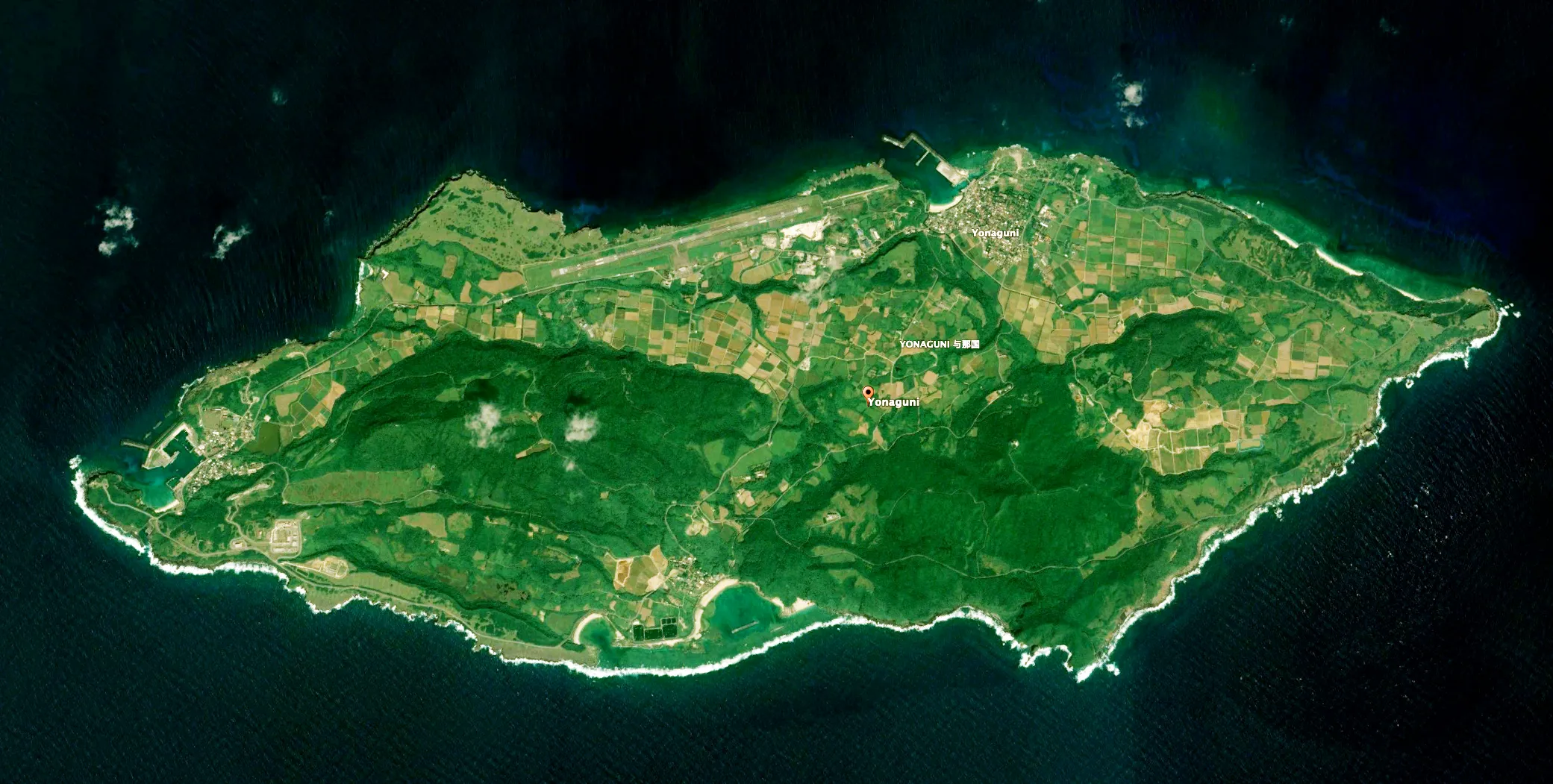Georgia judge drops 2020 election interference case against Trump
A Georgia judge has dismissed the sprawling 2020 election interference case against Donald Trump, ending the final effort to prosecute the president for allegedly attempting to overturn his loss to Joe Biden.
Peter Skandalakis, who took over the case after the initial prosecutor’s removal, asked Judge Scott McAfee to dismiss the charges on Wednesday.
Trump’s lawyer Steve Sadow praised the decision to end the “political persecution” against the president.
The dismissal concludes the last of Trump’s four criminal cases, only one of which saw trial and resulted in a conviction.
A Georgia appeals court removed Fulton County District Attorney Fani Willis from the case after it determined a romantic relationship with a special prosecutor created an “appearance of impropriety”.
Skandalakis, executive director of the nonpartisan agency Prosecuting Attorneys’ Council of Georgia, appointed himself to the case after Willis’ disqualification and when other state prosecutors declined to take the case.
In Wednesday’s motion to a Fulton County judge, he said he was discontinuing the case “to serve the interests of justice and promote judicial finality”.
“As a former elected official who ran as both a Democrat and a Republican and now is the Executive Director of a non-partisan agency, this decision is not guided by a desire to advance an agenda but is based on my beliefs and understanding of the law,” Skandalakis added.
Around five million votes for president were cast in Georgia in 2020, with Biden winning the critical swing state by just under 12,000 votes.
Trump and some of his allies refused to accept the result, and the state quickly became a focal point for efforts to overturn the election.
In January 2021, The Washington Post published a recording of Trump speaking with Georgia’s Republican Secretary of State Brad Raffensperger.
“I just want to find 11,780 votes, which is one more than we have. Because we won the state,” Trump said in the recording.
Willis began investigating Trump’s activities soon after the report, convening a special grand jury to weigh the facts.
Willis filed an indictment in August 2023 alleging that Trump conspired with 18 other defendants to interfere in the election result. The charges included racketeering and other state offences.
The group “refused to accept that Trump lost, and they knowingly and wilfully joined a conspiracy to unlawfully change the outcome of the election in favor of Trump”.
Four co-defendants took plea deals with prosecutors that resulted mostly in fines, suspended sentences and community service, including attorneys Sidney Powell, Kenneth Cheseboro, and Jenna Ellis.
Wednesday’s dismissal also applies to the remaining co-defendants, including former New York mayor and Trump’s former attorney Rudy Giuliani and Mark Meadows, chief of staff during Trump’s first presidency.
Mr Sadow, president Trump’s lead attorney in the case, praised the decision to drop the charges.
“The political persecution of President Trump by disqualified DA Fani Willis is finally over,” he said. “This case should never have been brought. A fair and impartial prosecutor has put an end to this lawfare.”
The Georgia election interference case was once considered the most threatening of Trump’s four criminal indictments, because he could not pardon himself from state-level charges if he returned to office.
Prosecutors brought Trump to the Fulton County Jail, where they took his mugshot.
Legal experts who closely followed the case were not surprised by its dismissal. A judge tossed out several of the charges in 2024, and Willis was disqualified a few months later.
Willis’ removal raised doubts about whether a replacement would take up such a complicated prosecution. Trump’s 2024 election essentially put his case on hold until his term ends in 2029.
“It was incredibly unlikely it was going to go forward anyway, because the amount of financial resources and man hours necessary to take on this case didn’t seem to be within the scope of what Peter Skandalakis had,” said Anthony Michael Kreis, a professor at the Georgia State College of Law.
However, Mr Kries was surprised by some of Skandalakis’ reasoning for dropping the case.
“I think the report itself to me is a little more surprising because it seems to give the president and some of his allies a lot of benefit of the doubt, given what the evidence brought forth looked like,” he said.
Trump has also faced a series of other criminal proceedings.
These include a 2024 conviction in a New York hush-money case, and he is appealing against it.
Two additional federal cases – one alleging he conspired to overturn the 2020 election and another accusing him of unlawfully retaining classified documents – were dropped following his return to the White House.
He also faces several high-profile civil lawsuits which are progressing through the appeals courts.
Earlier this month, Trump asked the US Supreme Court to review the $5m (£3.6m) civil case brought by writer E Jean Carroll, after a federal appeals court upheld the award and declined to rehear the matter. The court said he defamed and sexually abused Ms Carroll, allegations he denies.
In August, a New York appeals court threw out a $500m civil fraud penalty against Trump that resulted from a separate, civil fraud lawsuit brought by New York Attorney General Letitia James.
